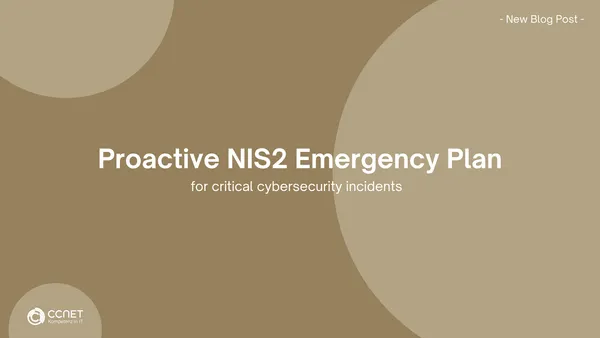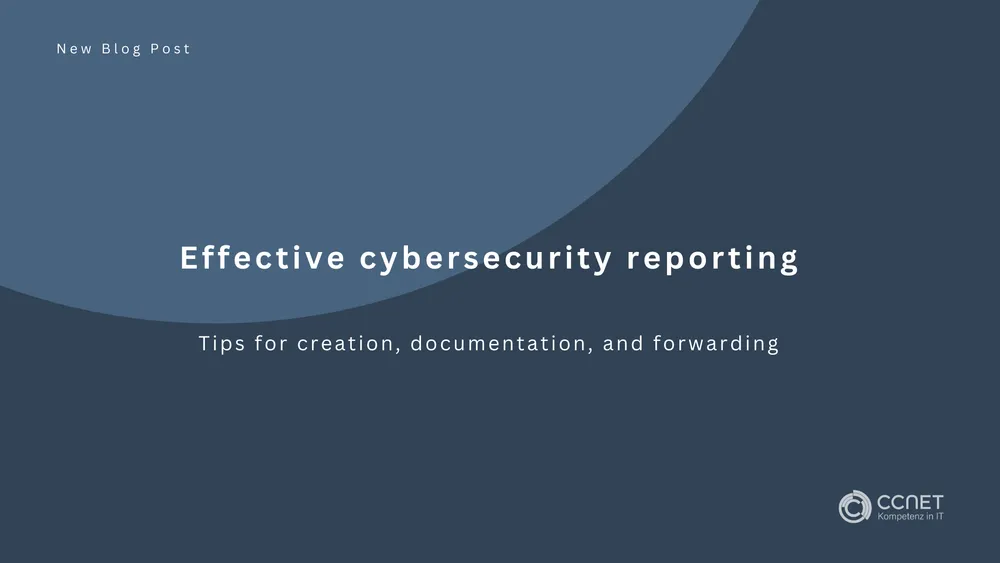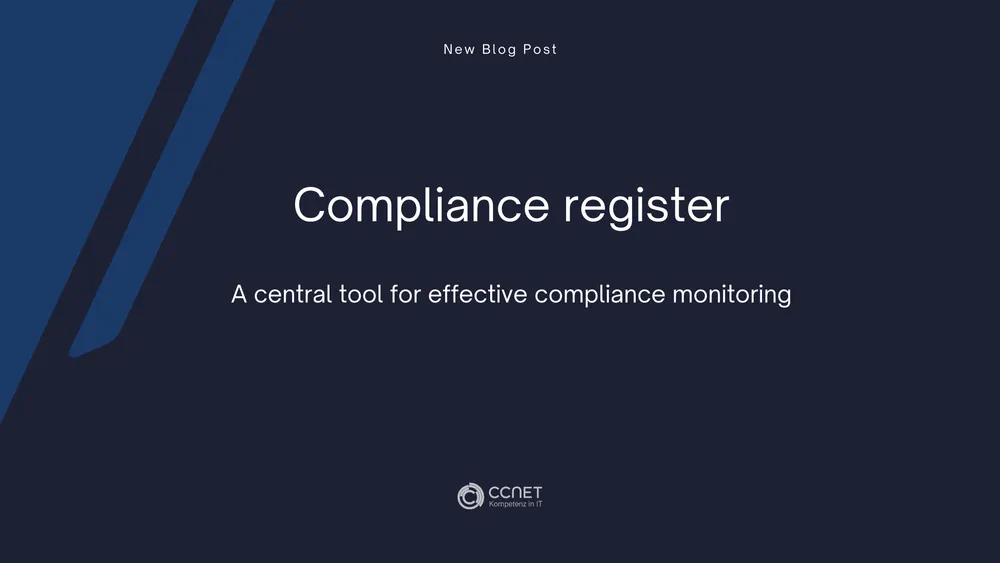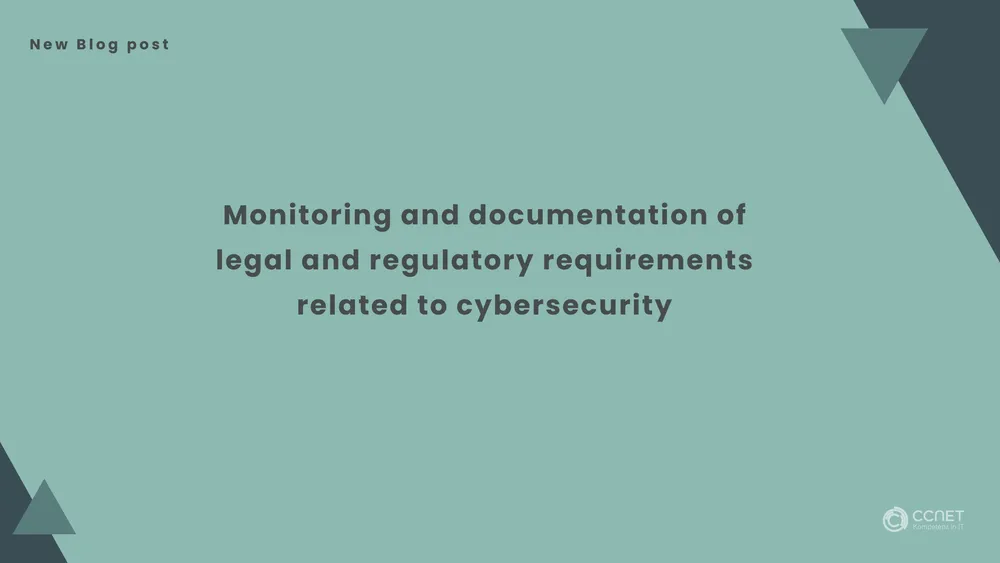
CCNet
Jan 24, 2025 • 2 min read

Proactive NIS2 Emergency Plan for critical cybersecurity incidents
Proactive NIS2 Emergency Plan for Critical Cybersecurity Incidents
An emergency plan for cybersecurity incidents defines clear procedures and measures to be taken in the event of a cyber incident. The goal is to minimize the impact of an incident, ensure business continuity, and quickly restore affected IT systems and data.
Purpose and Scope
This plan covers all relevant IT systems, networks, applications, and communication systems. It includes responses to various types of incidents such as data breaches, ransomware attacks, DDoS attacks, malware infections, insider threats, and unauthorized access.
Roles and Responsibilities
An Incident Response Team (IRT) is responsible for implementing the emergency plan. The typical roles and responsibilities include:
- Team Leader (e.g., IT Security Officer): Coordinates all response measures and acts as the main point of contact.
- IT Administrator: Implements technical measures for containment and remediation, such as isolating affected systems.
- Communication Officer: Responsible for internal and external communication during an incident.
- Legal Counsel: Advises on legal issues, particularly regarding data protection and communication with authorities.
Emergency Procedures
Incident Detection
As soon as a cyber incident is suspected, employees should report it immediately to the relevant department, such as the IT Security Officer. A SIEM system supports continuous monitoring by detecting security-related activities in the network and triggering automated alerts.
Activation of the Incident Response Team
Once an incident is confirmed, the Incident Response Team is activated to coordinate the initial response. The team leader immediately informs management and initiates immediate containment measures.
Containment and Remediation
The first response is to contain the threat by isolating affected systems to prevent further spread. The incident is then remediated, such as by removing malware, closing security gaps, and verifying and restoring the affected systems.
Communication
- Internal: Relevant departments and employees are promptly informed about the incident and the response measures.
- External: For serious incidents affecting third parties, customers, partners, and authorities are notified according to legal requirements.
Restoration of Normal Operations
After successful remediation, the IT team works to restore affected systems from backups. Before resuming normal operations, the integrity and availability of all data are verified.
Post-Incident Analysis
Once the incident is resolved, a detailed report is created summarizing all actions and findings. This final report serves as a basis for future preventive measures and the continuous improvement of the emergency plan.
Regular Review and Training
Annual Emergency Plan Tests
The emergency plan is tested annually through simulations to ensure its effectiveness and that the Incident Response Team is prepared. The results of the tests are documented, and the plan is adjusted accordingly.
Training and Awareness
Regular training for the Incident Response Team and relevant employees ensures a solid understanding of the emergency plan and roles in handling cyber incidents.
Documentation and Archiving
All incidents related to the emergency plan are documented in a central incident log. This includes full reports, action plans, communication logs, and final reports.
Approval and Review
The emergency plan is reviewed and updated annually to ensure it reflects current threat scenarios and organizational requirements.
Conclusion
A proactive emergency plan for cybersecurity incidents is essential to be prepared for threats and to keep business processes stable even during crises. The clear structure of the plan, combined with defined roles and responsibilities, enables the Incident Response Team to act efficiently and minimize damage. Regular testing and training ensure the plan stays up-to-date and that involved personnel are prepared for critical situations. This not only strengthens the company’s resilience against cyber threats but also ensures long-term business continuity.


